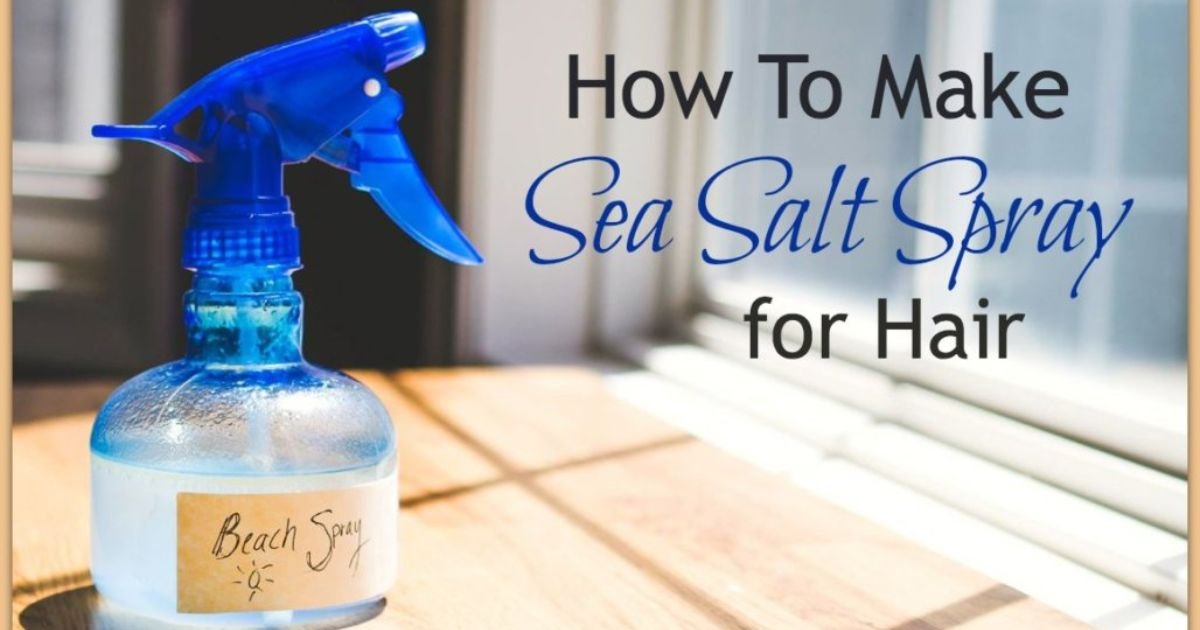Sea salt spray is a hair product that gives you beachy, textured waves. It’s made from simple ingredients like sea salt and water, and it adds volume to your hair. Many people use it to create that “just came from the beach” look, even when they’re at home.
Do you want to add effortless waves to your hair without using heat? Sea salt spray can help you get that natural, beachy texture with minimal effort. It’s a game-changer for those who love a relaxed, tousled hairstyle.
In this article, we’ll show you how to make your own sea salt spray at home using simple ingredients. Whether you have straight, wavy, or curly hair, this DIY recipe will give your locks that perfect, laid-back vibe.
Why Make Your Own Sea Salt Spray?
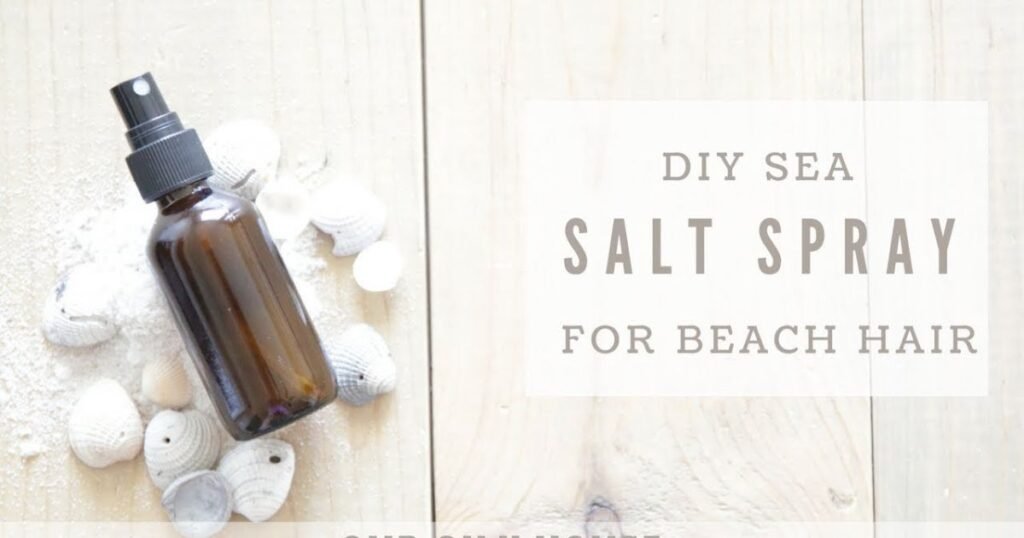
There are several benefits to making your own sea salt spray rather than buying it in stores. One of the key advantages is that you have control over the ingredients. Many commercial sprays contain chemicals and preservatives that can be harmful to your hair over time. By making it at home, you can ensure that your spray is 100% natural and free from unwanted additives.
Additionally, homemade sea salt spray is often more affordable than store-bought options. You can easily create a batch at home with items you probably already have in your kitchen.
Ingredients for Homemade Sea Salt Spray
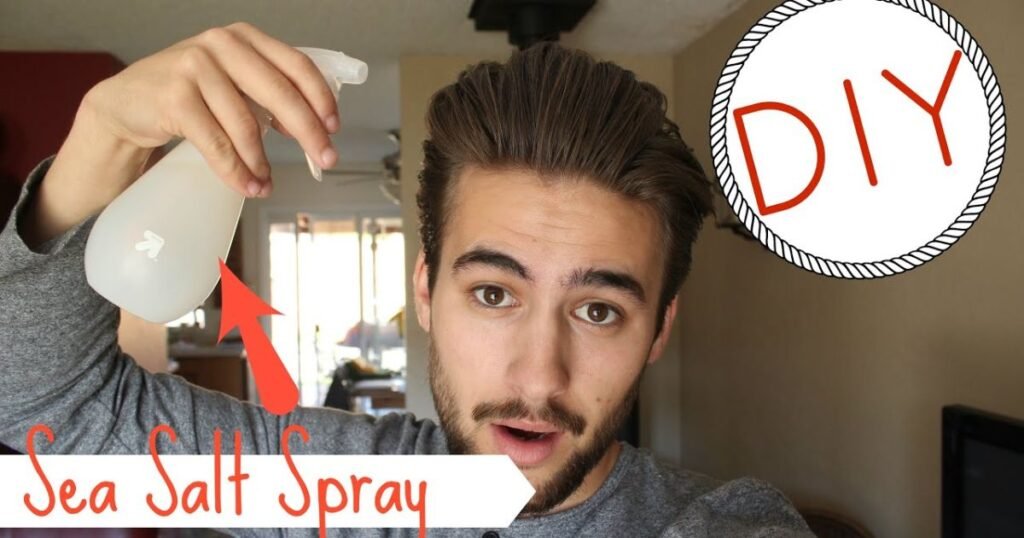
To create your own sea salt spray, you don’t need a long list of ingredients. The base ingredients are straightforward, and you can find them easily. Here’s what you’ll need:
- Sea Salt: This is the core ingredient that gives the spray its texture. Sea salt contributes volume and gives waves their distinctive beachy look.
- Water: The main liquid that delivers the ingredients and dissolves the sea salt is water. You can use distilled water for the cleanest result, but tap water works too.
- A Leave-In Conditioner or Hair Oil (Optional): If you have dry or coarse hair, adding a little conditioner or oil can help balance the drying effect of the salt, keeping your hair moisturized.
- Essential Oils (Optional): Adding essential oils like lavender, peppermint, or rosemary can enhance the fragrance and offer additional hair benefits like promoting growth or soothing the scalp.
How to Make Sea Salt Spray
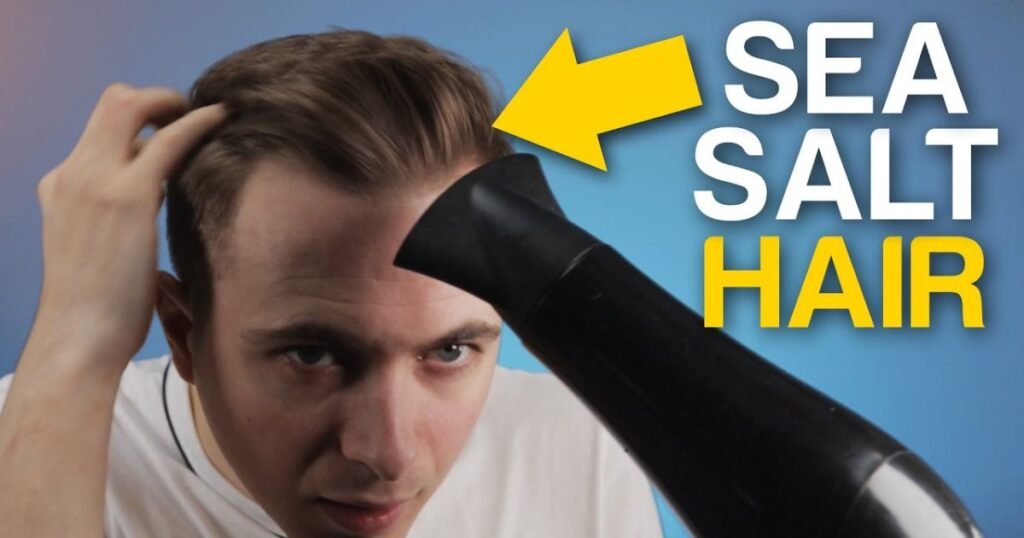
Making your own sea salt spray at home is quick and easy. Follow these simple steps, and you’ll have your own DIY sea salt spray ready to go!
Step 1: Prepare Your Bottle
Start by selecting a spray bottle. This do-it-yourself recipe works best with a 4 to 6-ounce spray container. Make sure the bottle is clean and dry before adding the ingredients.
Step 2: Add Sea Salt
Pour about 1-2 teaspoons of sea salt into the bottle. The amount can be changed based on the desired level of texture strength. More salt creates more wave definition, while less salt will give a subtler effect.
Step 3: Add Water
Fill the rest of the bottle with water, leaving a little space at the top to shake the bottle. If you are using distilled water, it will help keep the spray fresh for a longer time. Tap water works fine too but may reduce the shelf life of your spray.
Step 4: Add Leave-In Conditioner or Hair Oil (Optional)
Add a teaspoon of leave-in conditioner or a few drops of hair oil if you want to nourish your hair while adding texture. This is especially useful for people with dry or curly hair that might get frizzy with too much salt.
Step 5: Add Essential Oils (Optional)
If you want your sea salt spray to have a pleasant scent, add a few drops of your favorite essential oil. Lavender, eucalyptus, and rosemary are excellent choices. These oils can also help with scalp health and add a calming effect to your hair routine.
Step 6: Shake the Bottle
Tightly screw on the cap and shake the bottle briskly to combine all the ingredients. The salt may settle at the bottom, so give it a shake before each use.
Step 7: Store the Spray
Your sea salt spray should be kept somewhere dry and cool. It will last for several weeks, especially if you use distilled water. If you didn’t add any preservatives, it’s best to make smaller batches that you can use up within a month.
How to Apply Sea Salt Spray for the Best Results
Now that you’ve made your own sea salt spray, it’s time to use it. Applying the spray is easy and doesn’t take much time. Here’s how you can do it:
- Wet Hair: When your hair is wet, it’s ideal to use sea salt spray. To get rid of extra water after washing your hair, carefully towel-dry it.
- Spray Evenly: Hold the bottle about 6-8 inches away from your hair and spray evenly, focusing on the roots and mid-lengths of your hair. Avoid spraying directly onto your scalp to prevent it from becoming too dry.
- Scrunch or Twist: After spraying, use your hands to scrunch or twist your hair. This aids in adding texture and waves to the spray. For added volume, flip your head upside down and scrunch your hair from the roots.
- Let It Air Dry: For the greatest results, let your hair air dry. If you want more defined waves, use a diffuser attachment on your blow dryer or let your hair dry in braids or twists.
- Touch Up: If you need to refresh your waves, simply spritz your hair with more sea salt spray and scrunch again.
Benefits of Using Sea Salt Spray
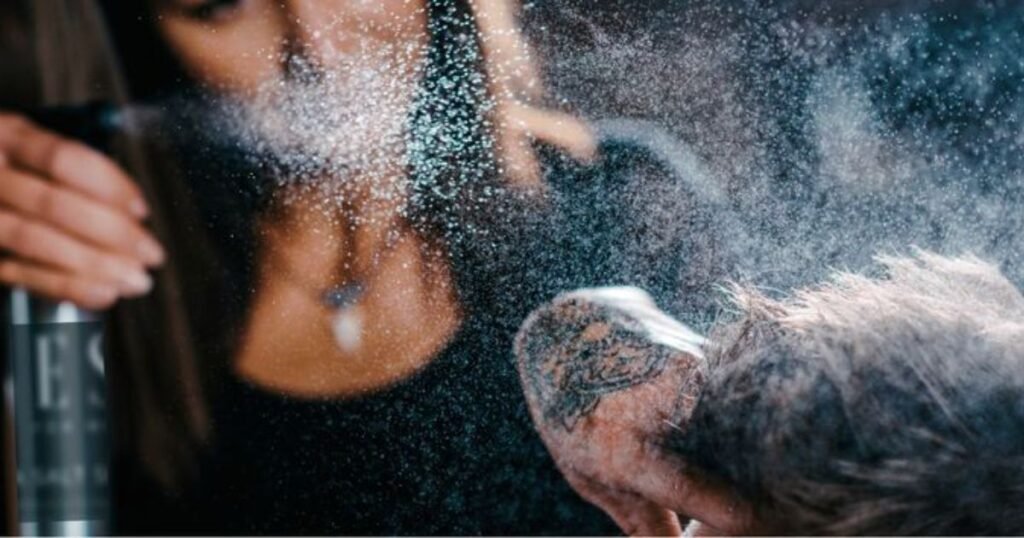
Using sea salt spray in your hair routine offers several key benefits. Here are some of the most popular reasons people use this product:
Adds Volume
Sea salt spray adds volume and body to your hair. The salt coats the hair strands, making them appear thicker and fuller. This is especially beneficial for people with fine or limp hair.
Creates Beachy Waves
Sea salt spray mimics the look of beach waves by enhancing your natural texture. Whether you have straight, wavy, or curly hair, sea salt spray can give you that effortless, tousled beach look.
Reduces Frizz
When used in moderation, sea salt spray can help control frizz. The right amount of salt, combined with moisturizing oils or conditioners, can make your hair look smooth and frizz-free.
Enhances Curls
If you have natural curls, sea salt spray can help enhance them. It gives curls more definition and reduces the need for heavy styling products or tools.
How Often Should You Use Sea Salt Spray?
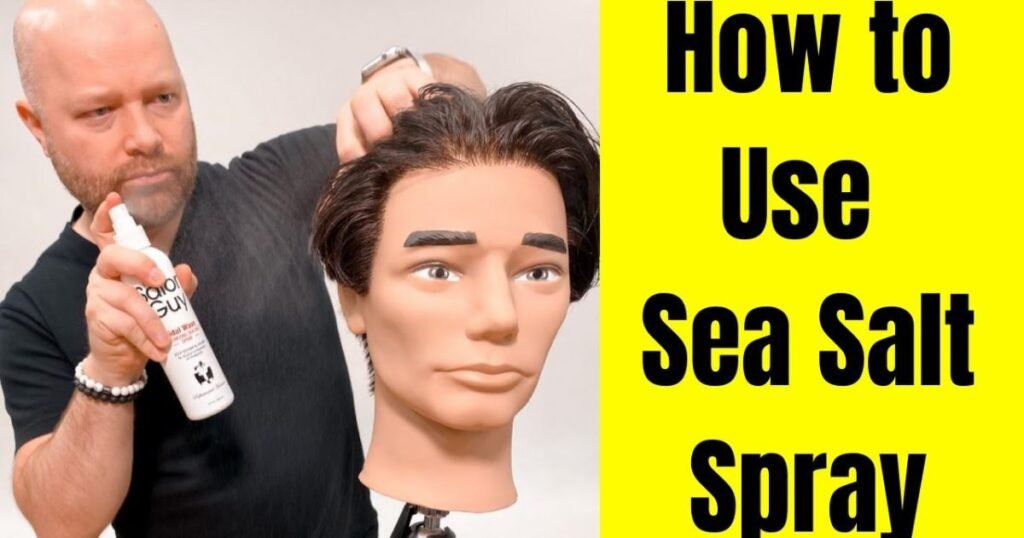
While sea salt spray can work wonders on your hair, it’s best to use it in moderation. Overuse can lead to dryness, especially for people with already dry or damaged hair. Using it once or twice a week should be enough to get the beachy waves without drying out your hair. Always follow up with a good conditioner or hair mask to keep your hair hydrated.
Conclusion
Making your own sea salt spray is an easy and fun way to get natural, beachy waves. You only need a few simple ingredients, and the process is quick. Plus, you can control what goes into your spray, so you know it’s good for your hair.
By following these simple steps, you can achieve textured, voluminous hair without spending much money. Whether you’re prepping for a day at the beach or just want to add some waves to your look, DIY sea salt spray is the perfect solution.
FAQs
Can I make sea salt spray at home?
Yes, you can easily make sea salt spray at home using simple ingredients like sea salt, water, and optional oils or conditioners.
What are the ingredients for sea salt spray?
The basic ingredients are sea salt, water, and optional add-ins like leave-in conditioner, hair oil, or essential oils for fragrance.
Is homemade sea salt good for hair?
Yes, homemade sea salt spray can add texture, volume, and waves to your hair without the harsh chemicals found in store-bought products.
How to make sea salt at home?
To make sea salt at home, you can evaporate seawater or buy natural sea salt from a store, as it’s not practical to make it completely at home.
Does saltwater cause hair loss?
Excessive saltwater exposure can dry out your hair, potentially leading to breakage, but it does not directly cause hair loss.
Welcome to my grooming corner! I’m Ahsan Ijaz, a passionate hairstylist and grooming specialist dedicated to helping you look and feel your best. With years of hands-on experience in modern haircuts, beard styling, and personal care, I bring a fresh and confident approach to men’s grooming.

